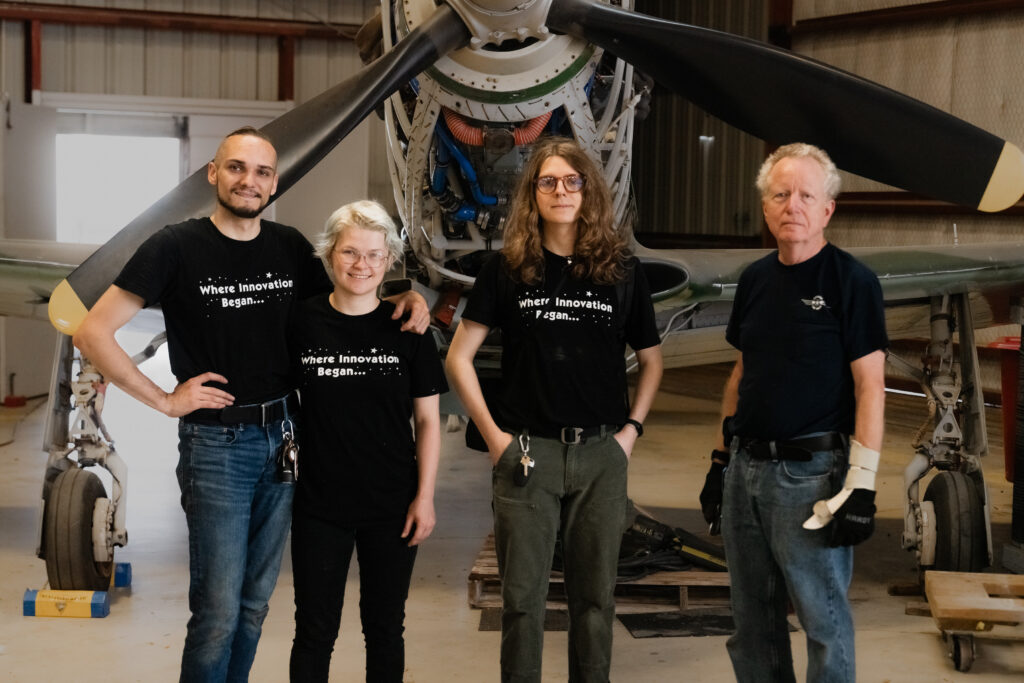
Substance abuse is one of the leading causes of death in the United States and most countries of the world. Homelessness is another seed in the same pod. Many young and old folks have had to resort to encampment centers for shelter, mostly due to losing their sustainable life assets and relationships to substance use.
Are you aware that over 40 million people in the US had a Substance Use Disorder in 2020? This is a staggering fact. And it gets more disturbing to know there is a sordid connection between homelessness and drug addiction. It is usually a case of which comes first between the chicken and the egg as one could be a trigger for the other. Therefore, government agencies have come up with a community-centered approach to reducing and eradicating this phenomenon.
Many initiatives have sprung up to feature this approach. And they have proven that it is effective, with recorded successes to show for it. One such organization with a discernible impact on the lives of substance users and homeless people in the US is Helen’s Project. It is one of the institutions truly passionate about rehabilitating drug addiction victims. They do this by transiting them into a much healthier lifestyle using carefully curated growth maps. Founded by Kayla Mainja in 2009, this non-profit has grown into a haven for many people today.
With the fear of failure, Kayla decided to ditch psychiatry as her preferred course at the University of North Texas. Classes like quantitative methods and qualitative methods were a quick “no” as her choice. Clearly, Kayla needed a conversation with her advisor, who asked her, “What do you want to do with your life?” Kayla responded, “I really want to help people with substance abuse and homelessness. I just want to help them, but I don’t know how.” Thankfully, her advisor convinced her to take the course that eventually led her to social work. And she ended up as a licensed clinical social worker. Today, she is making broken people whole again, doing what she loves.
Meanwhile, Helen’s Project’s story would be incomplete without the story of a class Kayla had on drugs. She has always “had a lot of interactions with seniors placed into long-term living facilities with intellectual disabilities.” After all, she went with her stepmom, who worked at these facilities. Also, her dad had a series of different non-profits he did for low-income families. So, her interest has always been piqued to assist a whole community of people who need help around her. However, the whole journey for this current initiative began in a class she took at UNT. In that class, “one of the assignments we had was to go and identify a problem in the community and then develop a plan to fix it,” said Kayla.
The class threw Kayla into a tunnel of self-doubt. She was scared to fail the course because she thought she didn’t have any problem to identify, let alone come up with a roadmap for solving it. However, as she sat sunken in tears and fear, “this gentleman who was an unsheltered individual came up and said, ‘Hey lady, why are you crying?’” Kayla told him of her ordeal. As you guessed, he showed her a major problem her mind skipped. This gentleman took her “into an encampment; a homeless encampment. He introduced me to the people in the encampment and they all told me their story.”
This singular experience changed Kayla’s perspective on homelessness. It gave her an actual picture of what people face and not what the TV shows. According to her, these are “genuine people who had a life circumstance and something happened, or a situation happened that just was harder to manage alone than with support.” She completed her project with a clear picture and a spark in her heart for these people. Of course, she got an ‘A.’ And at the end of the semester, her professor encouraged her to go full-time into helping the people she had interacted with. In fact, he gave her the initial funds to start the agency back in 2009 when she graduated.
From that time until now, Helen’s project has become a non-profit with a sweet name in unsheltered people’s ears. When it comes to homeless outreach, their primary focus has been Oak cliff, Garland, and Mesquite. Presently, they are expanding to Duncanville. And their efforts to reach out to persons with drug abuse challenges and homelessness have had to increase, especially due to the encampment decommission that has been going on.
Kayla and her team started the “SAFE” program in 2015. This drive is targeted at persons with substance abuse as well as unsheltered folks. It aims at heralding the initiative’s message of Peace, Hope, and Change. These three categories are sub-projects that the organization is actively pursuing and which most of its non-profit works are hinged upon. PEACE involves more people experiencing significant or chronic mental health issues. HOPE borders on persons fleeing domestic violence or human trafficking. And CHANGE is aimed at folks who are experiencing substance abuse.
For these projects, they have a robust ecosystem that they work with in the community to drive their efforts. According to her, “(for) more of an immediate crisis response we have to use our support from our PD, from our care team from our partners in the DV community, to be able to get an immediate response for that family. And then with peace, for example, the same thing. If we have someone with chronic mental health challenges, we want to make sure we’re using our supports with our psychiatrists, doctors, and nurses to ensure medication compliance. That’s how we can give them long-term stability and support.”
Helen’s project has rehabilitated and reinstated many drug users and homeless people into the community. They have supported many people through housing, food, transportation, employment, and pretty much all they need to regain stability. But primarily, “in order to get to that stability we have to address that root cause, which may be their substance abuse, which may be their mental health, or it may be that they’re currently in crisis (because) they’re fleeing.”
Again, it becomes much easier for their substance abuse clients to receive care due to the non-judgmental atmosphere in which they are received. It, therefore, is no surprise that they have experienced success with many clients, one of which, Kayla noted, “could have gone to jail for 15 years, but because he was so successful in our program, the judge took into account…how much he had done and thought, ‘What if he’s capable of doing all of this and we know he’s capable of change, so let’s not punish him and let’s see what we can do to help support him through his sobriety.’ So, for us, it’s definitely a win.”
At present, Helen’s Project has a dream of opening its own transitional housing space. This place is a considerably long-term place for their clients to gain success. Similarly, they are open to a community of workers and clients. They have a written racial equity statement. This is to highlight the inequities that exist when it comes to available services for their clients. However, they have come to bridge this gap by serving many African American, Hispanic, Latina, and other communities. This helps most of their clients open up to them much deeper.
Such outstanding work that the Helen’s Project is doing. They have internship opportunities. So, you can reach out to them here.

